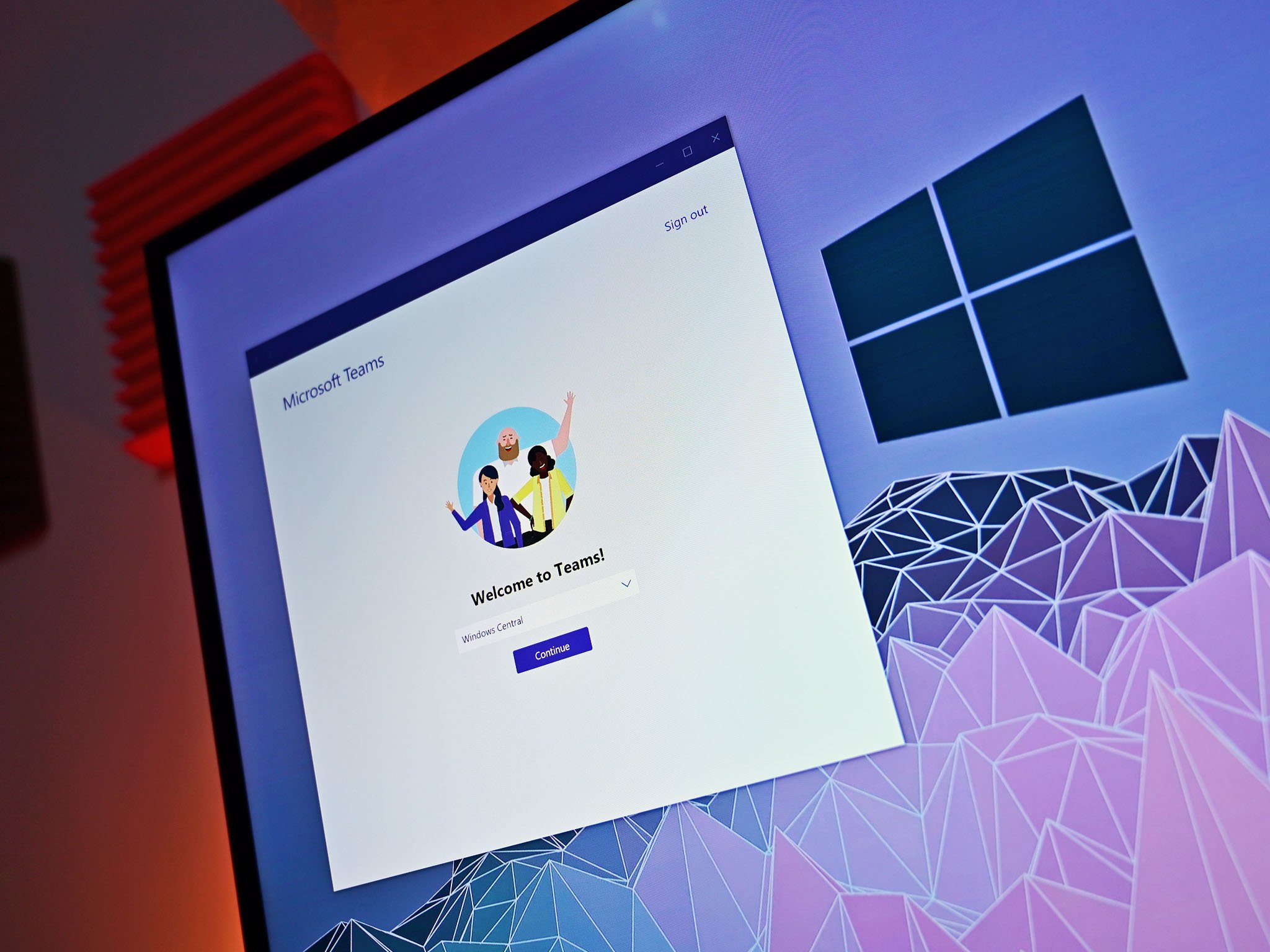Microsoft claims Microsoft Teams for Windows 11 is now significantly faster due to improvements in the code
Does Microsoft Teams seem faster? It’s likely because it is according to new data posted by Microsoft.

- In a new blog post, Microsoft provides data that its Teams app is now substantially faster compared to August 2021.
- Examples include the compose message box loads 63% faster, switching threads in the activity feed has improved by 17.4%, mute and unmute audio response during a call improved by 16%, and more.
- Microsoft attributes the improvement to changes in the framework, reducing re-rendering, and making incremental improvements to the code.
People who use Microsoft Teams tend to have a love/hate relationship with the prevalent work collaboration app (which is now five years old). While the app enables employees to work together remotely, Microsoft’s insistence on relying on cross-platform web tools like Electron often means performance is not as ideal as a “pure” native app would be in Windows. (The same problem plagues Microsoft’s competitor, Slack, too.)
But the company appears to be making significant inroads in improving the performance of its Teams app (specifically the business version of Microsoft Teams integrated into Windows 11). In a new blog post written by Mark Longton, an explanation of how the group of developers behind the app make things just a bit zippier.
Longton notes that the company has been working hard over the past year to improve “overall interaction responsiveness time” to create a “more fluid experience for the user.”
In more technical terms, the Teams app has transitioned from Angular framework to React, upgraded the build of Electron, reduced re-rendering, and made “incremental improvements to the code.”
But what about real-world data as to the results of such changes? Luckily, Longton shared that as well, and there is plenty of it:
- When users scroll over the chat list, latency has improved by 11.4%.
- Scrolling over the channel list has been enhanced by 12.1%.
- The compose message box loads 63% faster, enabling users to type a message immediately once they switch into a chat or channel.
- The time to switch to a channel and open a chat window was dramatically improved by 25%.
- Switching threads in the activity feed have improved by 17.4%.
- Switching between chat threads has improved by 3.1%.
- The mute and unmute audio response during a call improved by 16%.
- Navigating to the ‘Pre-meeting join’ screen is 9% faster.
- Opening a calling/meeting window loaded 4.5% faster.
- Once a user is in a meeting switching then into a chat improved by 13%. Switching to the activity feed improved by 18.7% and switching to a channel improved by 20%.
While some of those numbers are on the smaller side, e.g., just 9% for navigating to the ‘Pre-meeting join’ screen, it’s the overall experience that matters, and it seems clear that Teams is undoubtedly in a better spot today compared to a year ago.
Longton closes out, remarking that these changes complement the up to 50% reduction in power consumption in Microsoft Team meetings posted in February.
All the latest news, reviews, and guides for Windows and Xbox diehards.

Daniel Rubino is the Editor-in-chief of Windows Central. He is also the head reviewer, podcast co-host, and analyst. He has been covering Microsoft since 2007 when this site was called WMExperts (and later Windows Phone Central). His interests include Windows, laptops, next-gen computing, and wearable tech. He has reviewed laptops for over 10 years and is particularly fond of 2-in-1 convertibles, Arm64 processors, new form factors, and thin-and-light PCs. Before all this tech stuff, he worked on a Ph.D. in linguistics, performed polysomnographs in NYC, and was a motion-picture operator for 17 years.
